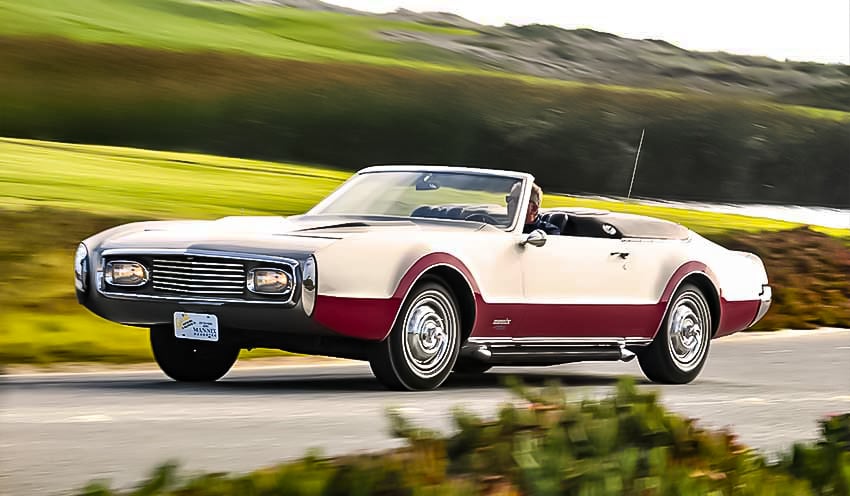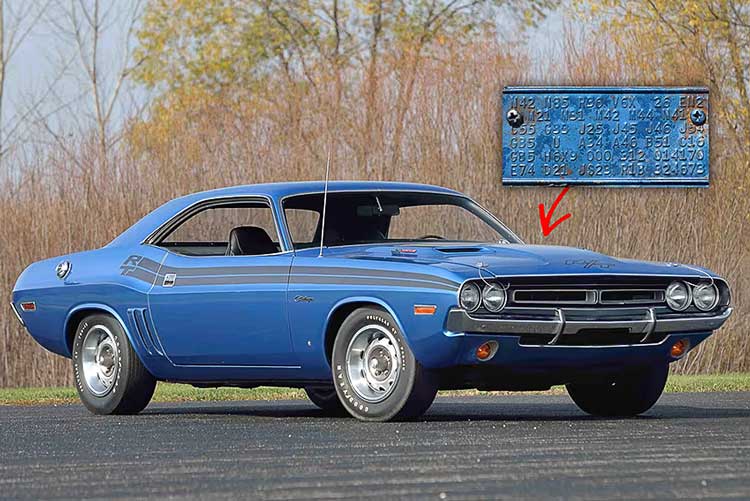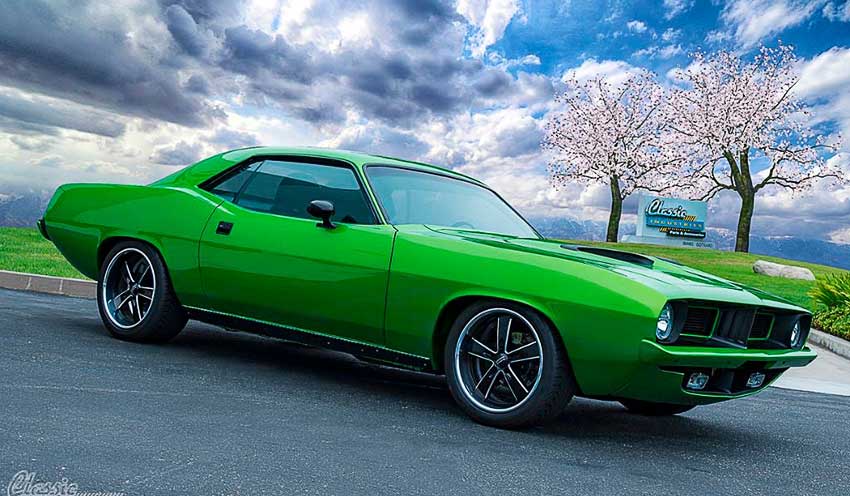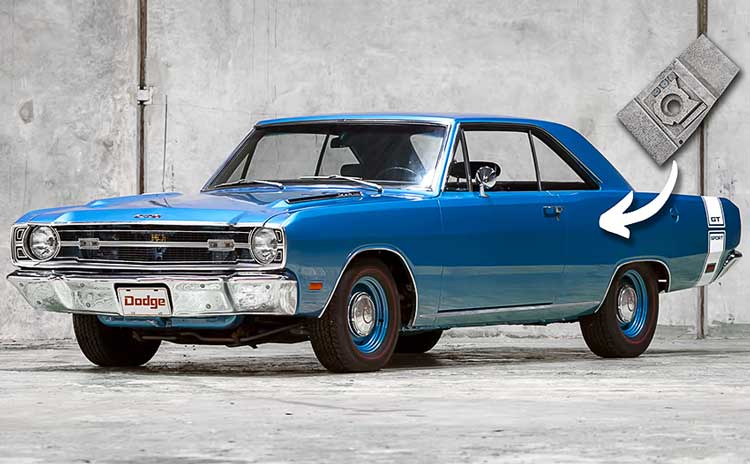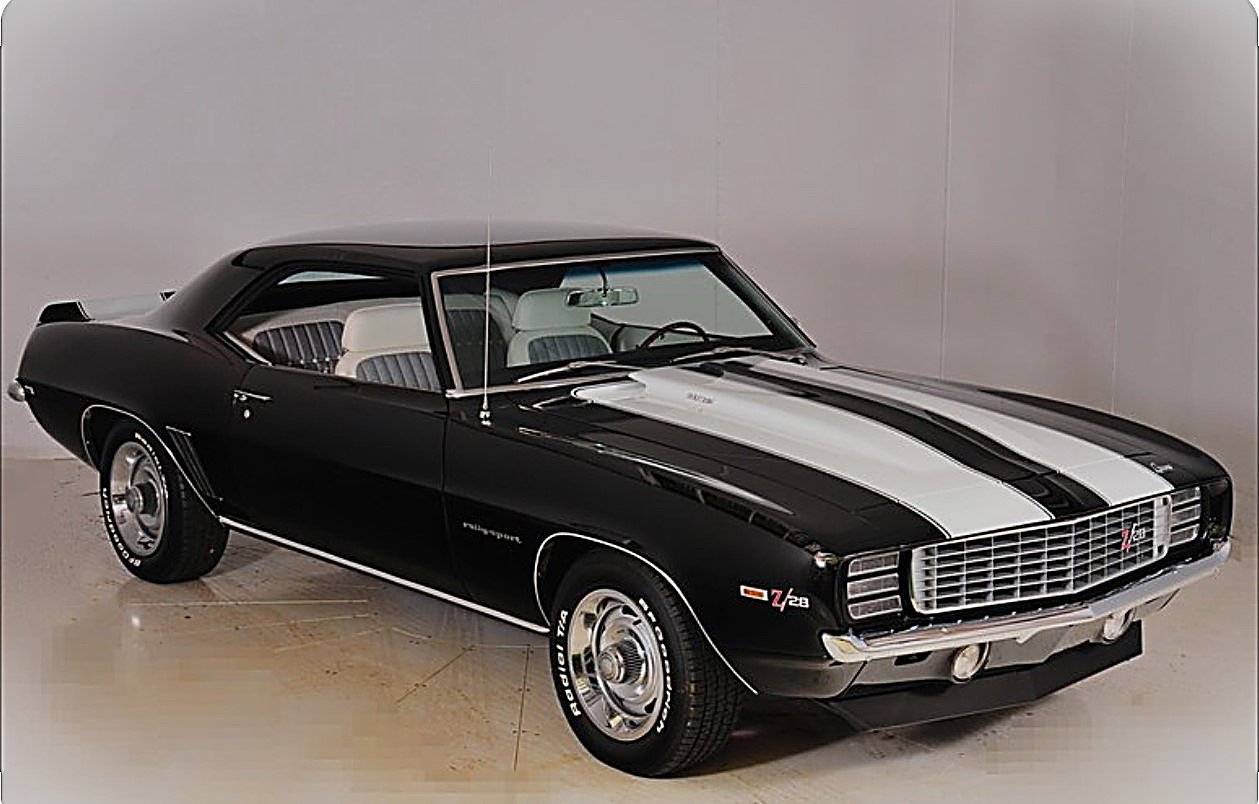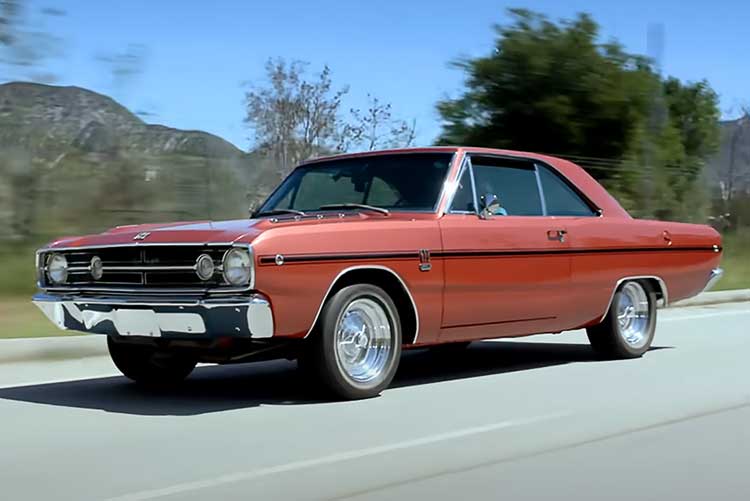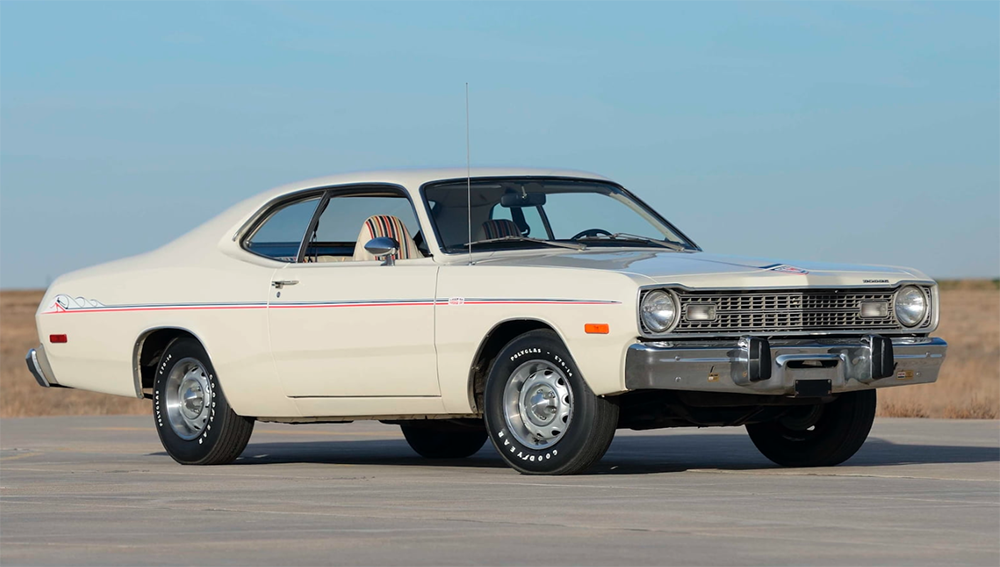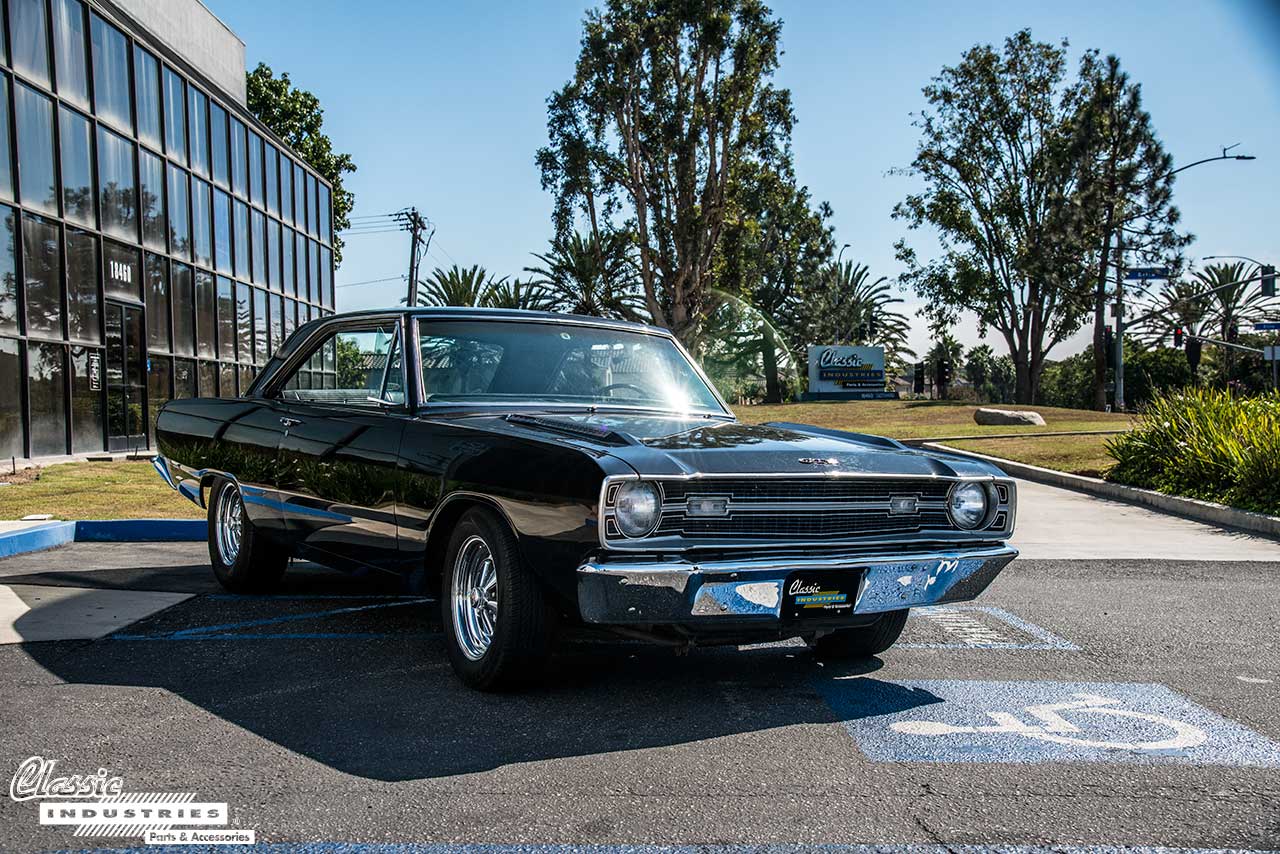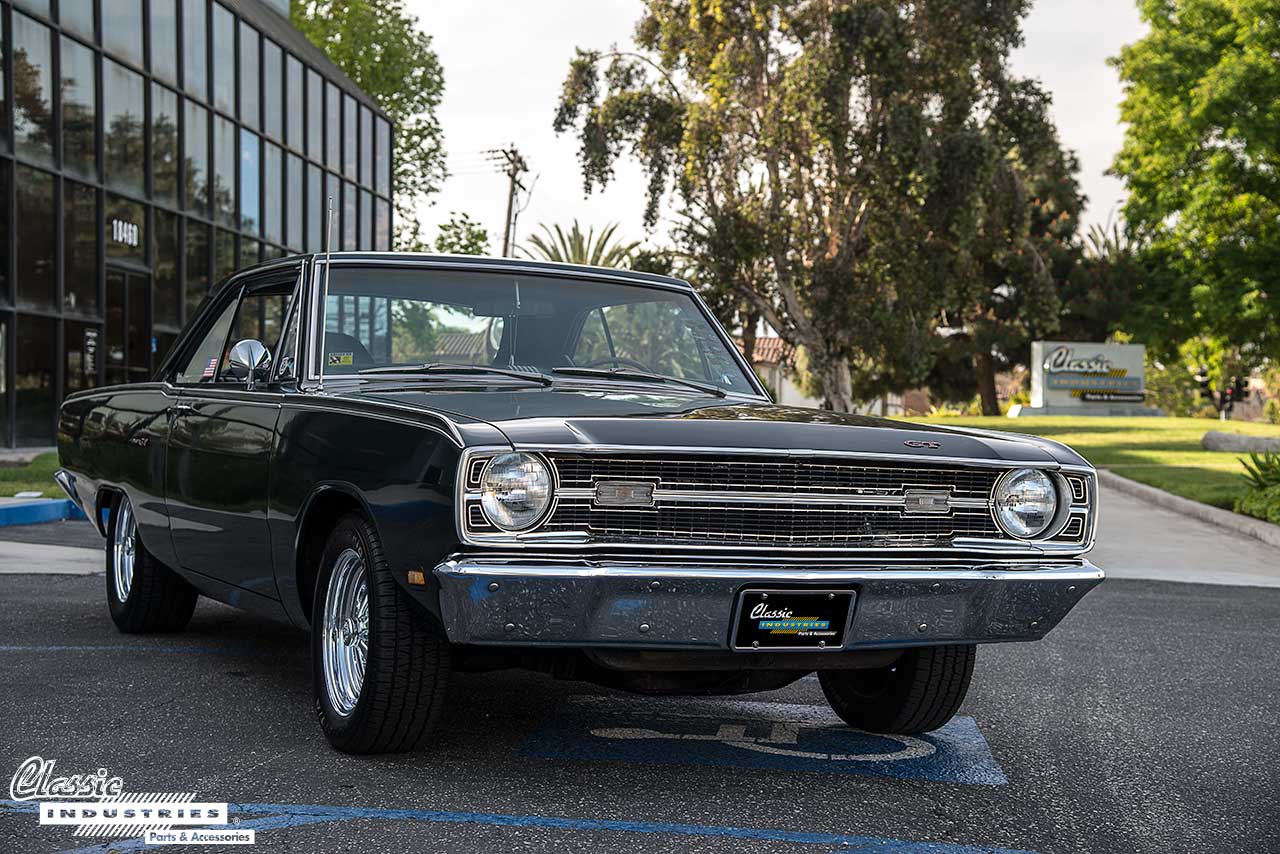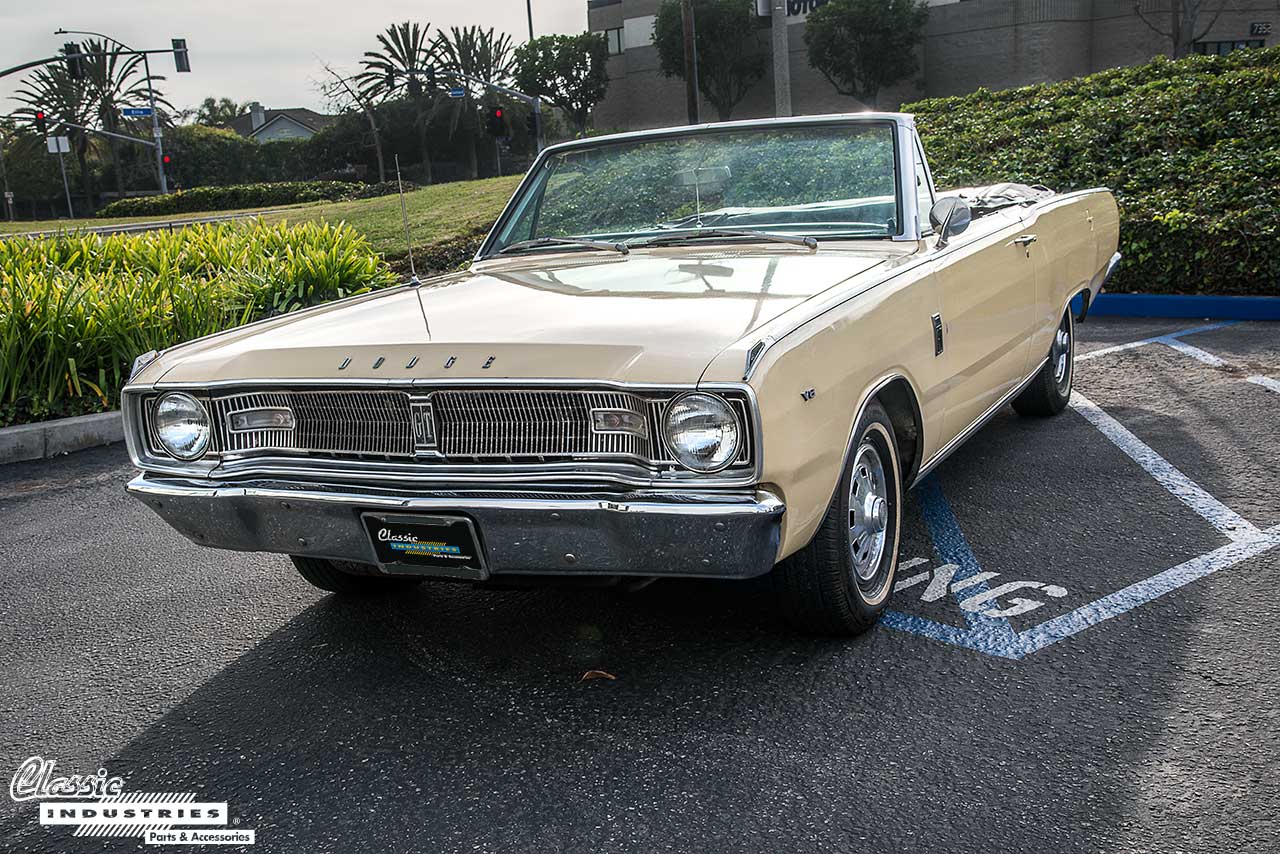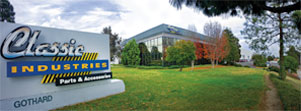When it comes to classic television detectives, few were as cool — or as car-savvy — as Joe Mannix, played by Mike Connors in the long-running CBS series Mannix (1967–1975). A tough, street-smart private investigator with a penchant for physical confrontations and old-fashioned grit, Mannix was also notable for the parade of stylish, performance-oriented automobiles he drove across the show’s eight seasons. These cars not only underscored his rugged yet sophisticated persona, but also became stars in their own right, many of them customized by legendary car builder George Barris, of Batmobile fame.
Let’s take a deep dive into the cars Mike Connors drove as Joe Mannix, season by season.



